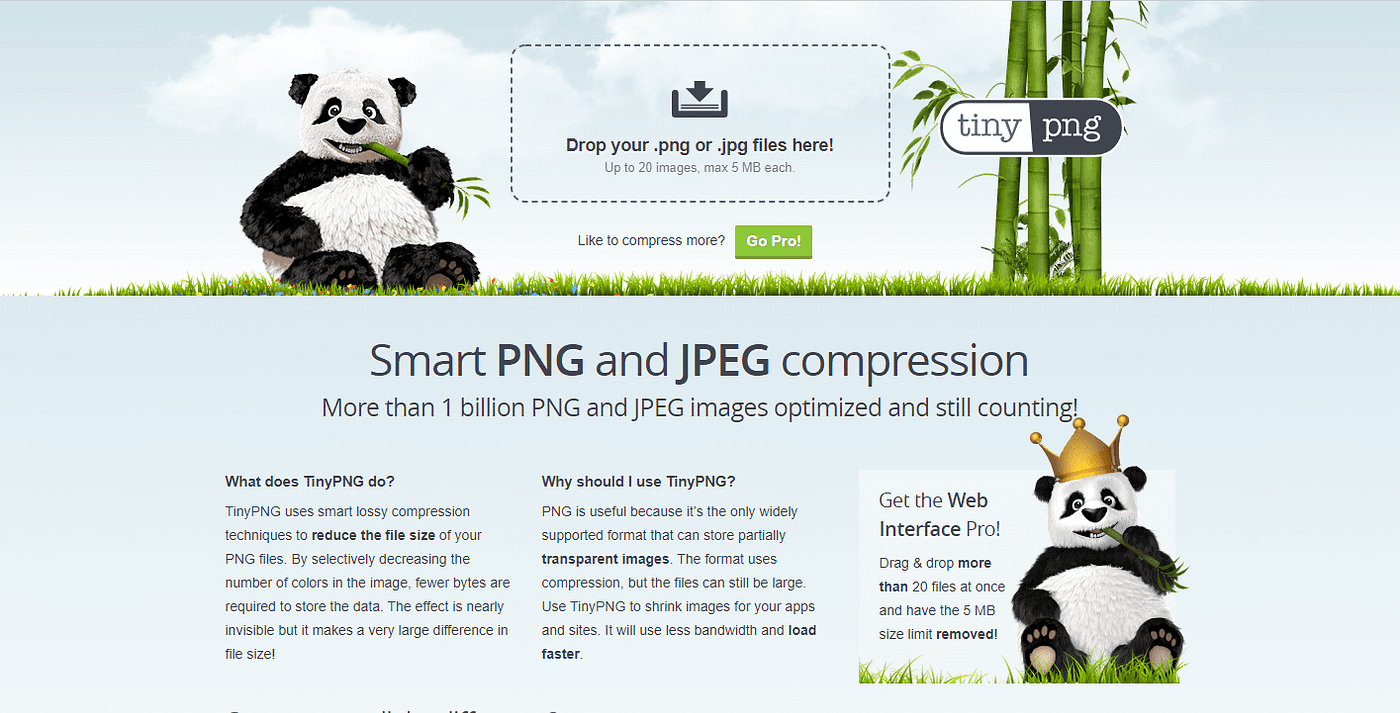

This sounds bad, but the average person scrolling through a website isn’t scrutinizing every pixel they see. The colors in an image may be off, the finer details may be lost, and other artifacts may present themselves. With less data to go off of images can suffer in quality. The JPEG format utilizes lossy compression. With redundancies knocked down, there’s far less image information resulting in much smaller file sizes. Lossy compression crunches down files by minimizing repeating data. Though PNG files have been compressed, they are still much bigger than those that utilize lossy compression. Through filtering and encoding, they effectively reassemble image data. PNG is a lossless image file type, meaning that files that undergo this form of compression are almost identical to the source images. Lossy offers a higher level of file size compression but at the expense of a loss in image quality. So what’s the difference between lossless and lossy compression? Lossless compression shrinks the size of a file down while keeping intact its original appearance. Image file formats: a tale of two compressions They could better capture complex images like photos while bringing them down to a manageable file size with better resolution than GIFs. JPGs were also a better alternative to GIFs. This type of compression is known as lossy compression. JPGs are compressed by averaging out color information and decreasing the amount of repeated data. A lot of this visual information is redundant. The JPEG file format (also referred to as JPG), which is short for Joint Photographic Experts Group predates PNG, was launched in 1992, but its development can be traced back to 1986. Just as PNGs are still widely used, JPEGs continue to be prevalent in web publishing. JPEG made it possible to make huge files much smaller PNGs have held on and are still a popular format found across the web.
HOW TO REDUCE A FILE SIZE OF A JPG FOR A WEB PAGE PORTABLE
Today’s portable network graphics files can also work at 48-bit, and even up to 64-bit. PNGs were able to offer a universe of shades and hues, with a higher resolution through lossless data compression. This was a huge advancement in the mid-90s. Unlike the meager 8-bit limitations of the GIF file type, it offers 24-bits of spectacular color. PNG stands for Portable Networks Graphics and is a raster-based file format. The PNG format offered enhanced colors and improved image quality PNGs were patent-free, which helped in their widespread adoption. The patent holder of the LZW algorithm decided to charge those who were using GIFs in their applications.

Computers and the internet had advanced, and the image capabilities of the GIF format could not accommodate these leaps in technology. GIFs reign as the most widely used web image format would come crashing down in the mid-90s. Unlike the XBM file format, another type popular at the time that was limited to black and white, it would be able to capture the 8-bit 256 range of colors that was the standard. Based on the LZW algorithm, the GIF format could take a huge image and shrink it down to a small file size. The Graphics Interchange Format, or GIF, was the result of this work. He was tasked with finding a solution that would take a large image and decrease the file size. Steve Wilhite, worked as a computer scientist at CompuServe. They offered image downloads, but with most people using modems that worked at a mind-blowingly slow rate of 1,200 bits per second, there were considerable limitations in what they could offer. In the beginning: there were GIFsīack in the days of dial-up CompuServe was the first major online service provider offering email and other services for personal home computer users. But the story of web-ready images starts four years before. The internet as we know it first emerged in the 1990s.


 0 kommentar(er)
0 kommentar(er)
